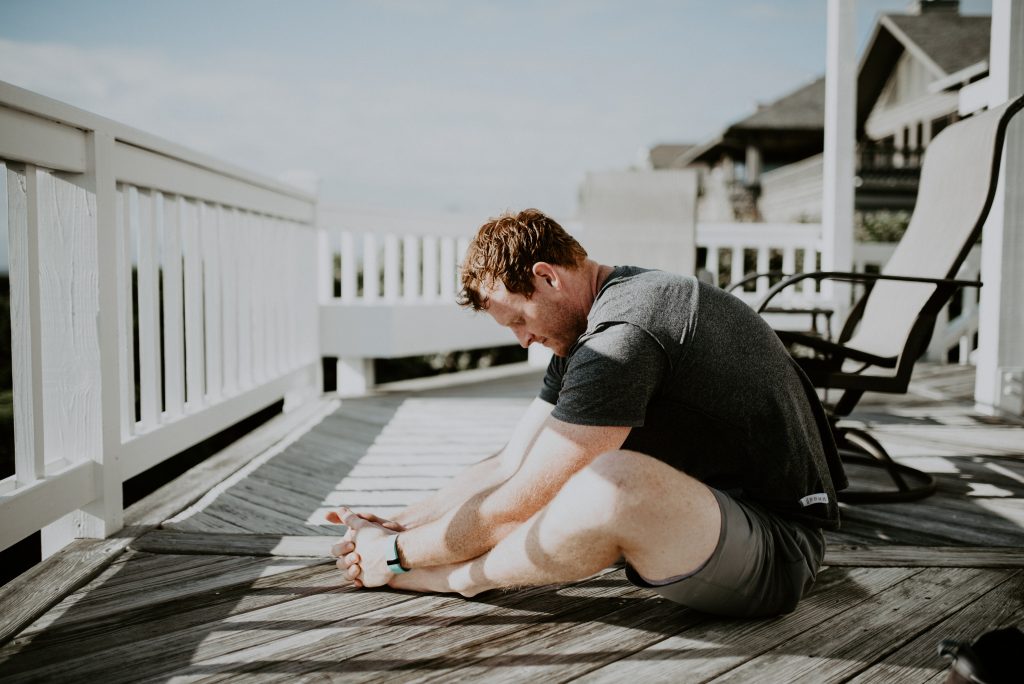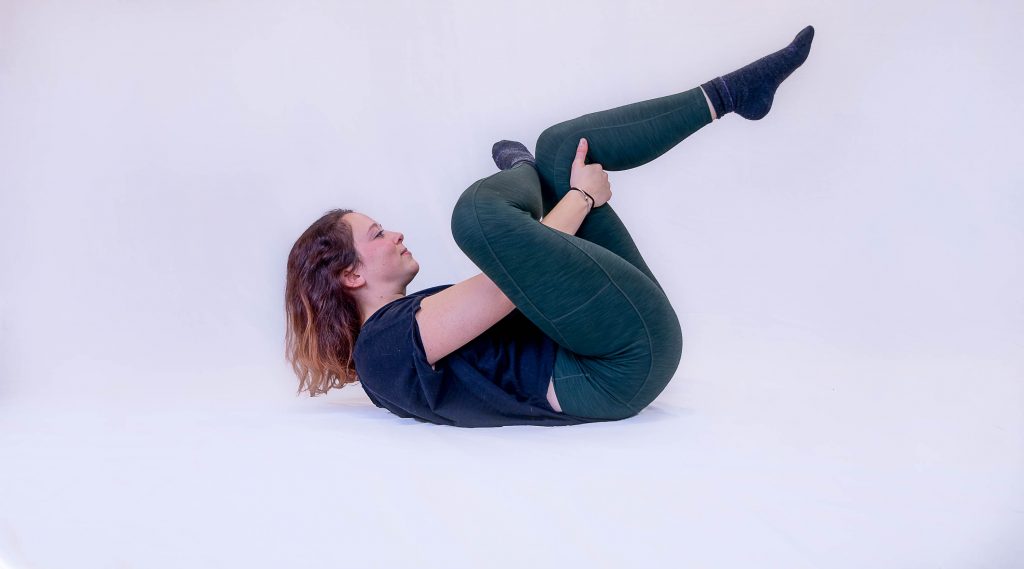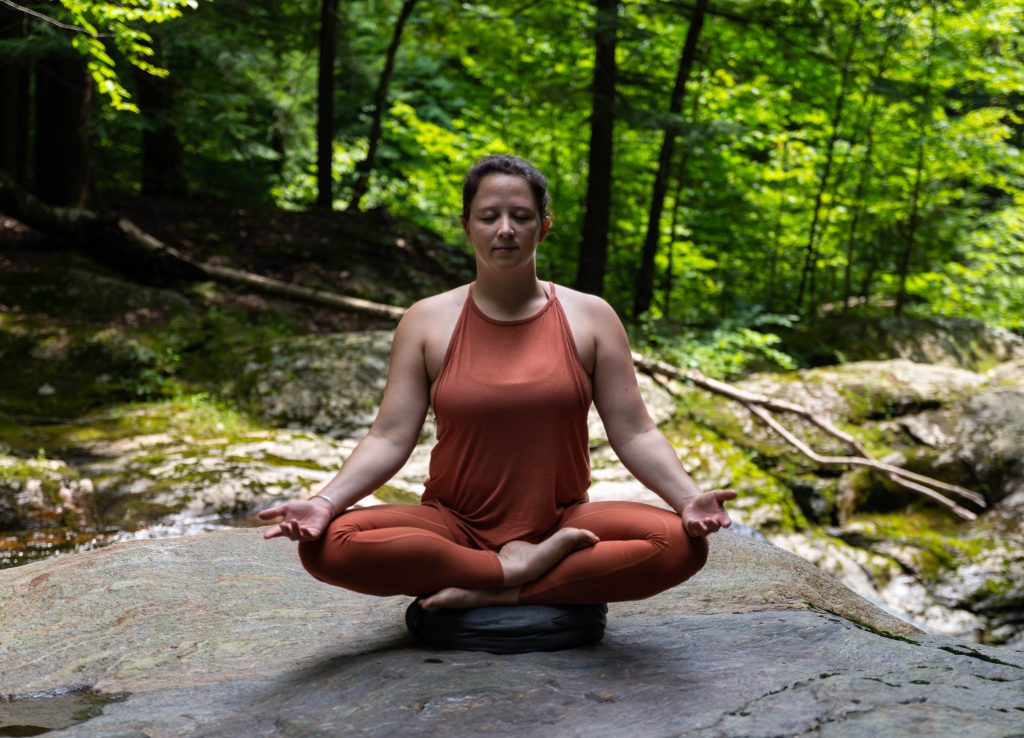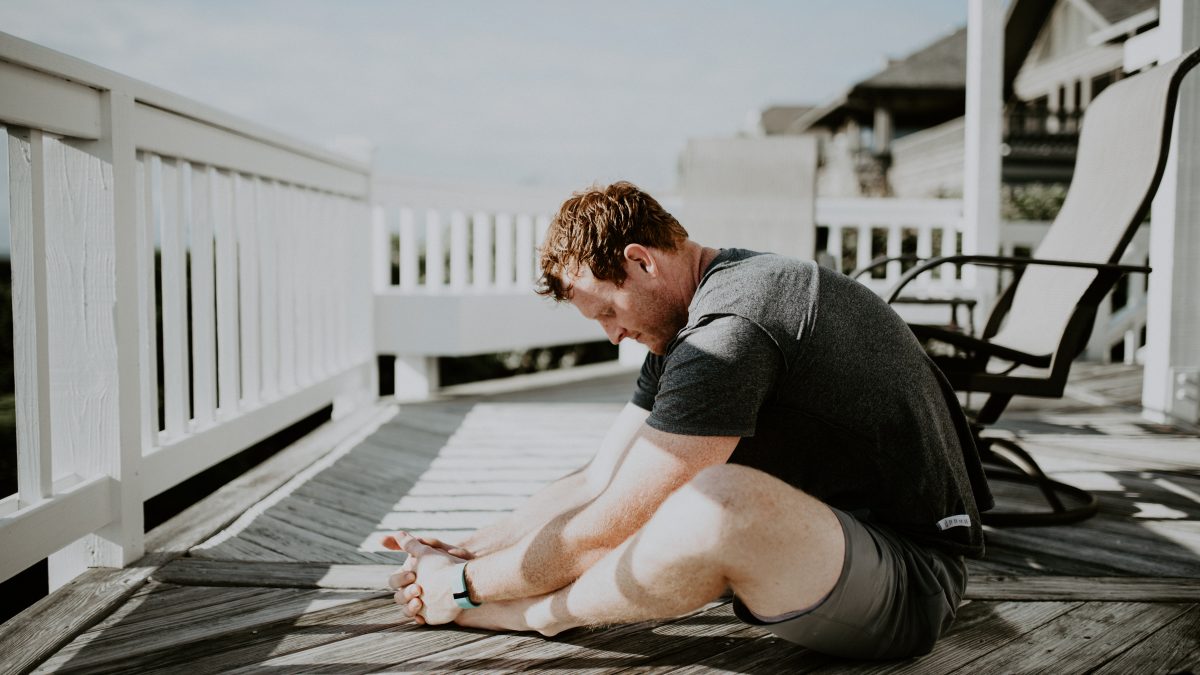
Most people would agree that they would like to be more flexible. As a yoga teacher, I find that new students often come to class with the expectation that yoga is the solution to their flexibility problem.
The truth is that yoga won’t necessarily make you flexible. If you practice regularly, you will become more flexible over time. But it could be years before you meet your flexibility goals.
Historically, yoga was intended to loosen your body in preparation for a long, sitting meditation. The idea is to practice regularly and gradually your body will respond to the poses with increased flexibility and mindfulness.
Not everyone has the time or patience to practice yoga the way it was meant to be practiced.
What if you could make yourself more flexible while reducing your chance of injury?
What if at the same time you were retraining your body’s systems to hold onto flexibility?
What if that method meant that you didn’t have to wait for the results of yoga classes?
At Infinity Flexibility, we believe that the secret to flexibility is adding resistance.
Improve Flexibility Easily With Resistance
All of our bodies are unique. Our life experiences are expressed across our bodies. Our muscles, tendons, and organs adapt to any imbalances that we gather over time.
Tight muscles and a lack of flexibility are the direct results of tension in the muscles. Where that tension manifests depends on what you do every day. If you work at a desk, you may have tension or pain in your neck and shoulders. Cyclists tend to have tight quads, hip flexors, and hips. Gymnasts tight hamstrings. Dancers hyperextended limbs.
Tension builds in our body when we move, the same way calories accumulate when we eat. We need to remove tension to move easily and freely, just like we need to burn calories to maintain our ideal weight. If tension is not removed as it comes into the body, we risk accumulating tension and limiting our ability to move.
To remove this tension, Infinity Flexibility practices a series of unique stretching and strength training exercises. Many of Infinity’s exercises use classic hatha yoga poses combined with modern resistance training techniques and Traditional Chinese Medicine theory.
Together, these techniques retrain the body and the mind to build strength, flexibility, and overall balance. If you already know yoga, you will be familiar with many of Infinity’s exercises. However, resistance and Chinese Medicine theory take these yoga poses to another level.
Yoga Passive, Resistance Active
Resistance and yoga are a perfect combination because yoga alone is passive stretching, but yoga with resistance is active stretching. Passive stretching takes time and repetition. Active stretching retrains the muscle by sending signals to the motor cortex of the brain. It reminds your muscles how to move correctly and sets them up to repeat that pattern in the future.
Adding resistance to traditional yoga poses works with the body instead of against it. Sometimes the connection between the muscles and the brain short circuits. This happens for many different reasons. (Remember, each person’s body is unique.) But if the connection is lost, that is when you experience tightness, pain, or injury.
Click here for a deeper explanation of the science behind resistance training.
Resistance techniques can increase flexibility and reduce injuries by working within your true range of strength and flexibility. By retraining the muscles and the brain, resistance activates the yoga poses and makes movement effortless.
To use resistance correctly, you will probably need a little more instruction. However, a good place to start is to find your range of motion.
Finding Your Range of Motion Using Resistance
Refer to the image above which shows an easy abductor exercise called “figure four.”

Once you get into figure four, you begin by passively bringing your knee into your chest and then pushing the knee away. Pay attention to how close the knee comes and how far you can push away from you without straining the muscle. This start and end position is your current safe range.
After you’ve defined your range of motion, try the active stretch with resistance.
In the figure four position, you slowly begin to pull the knee closer to your chest while continuously pressing the ankle against the knee. This is the added resistance. Maintain the resistance between the knee and ankle throughout the exercise as you push the knee away and then pull it back in. Don’t let up on the resistance! Keep your ankle pressing into your knee the whole time.
You should be able to keep the ankle pressing against the knee the entire time you move the leg back and forth. If your abductor is tight or weak, you may not have a huge range but that is okay. Your range of motion should increase over time, this means that it is working!
Pay Attention To Your Flexibility Range!
You can maintain strength by paying attention to your range. If you reach a point when you can no longer activate your muscles, you are going too far and risk overstretching or injury. PAY ATTENTION.
Your range of motion will differ from those around you. Flexibility is not a competition. Your body will let you know when it is ready to go deeper into the stretch. Be patient and honest with yourself.
Resistance combined with hatha yoga will improve your flexibility and strength by re-establishing the connection between your muscles and the motor cortex. Resistance keeps you present and therefore severely limits your ability to overstretch or injure your muscles.
Yoga and the Meridians: Engage the Muscles, Engage the Mind

Resistance exercises also connect yoga poses to the meridians of the body. The meridians are energy centers most commonly used in Traditional Chinese Medicine theory. If you are familiar with acupuncture, you may already know something about your meridians.
Understanding the meridians adds an extra layer of insight into what is happening in each and every exercise. Each meridian has a unique influence on the body and mind. They control and guide energy through our bodies and are connected to our muscles, tendons, organs, skin, hands, and feet.
Infinity’s resistance exercises can help you heal by accessing your subtle body via the meridians. The subtle body contains our emotions, thoughts, and spirit. For example, the figure four exercise activates your gallbladder meridian. Strengthening the gallbladder improves our ability to make decisions and react well under pressure. The gallbladder meridian can help us ask the right questions and heal uncertainty or indecisiveness.
To learn more about the 16 meridians, check out our basic meridian pages on the menu above.
Resistance and yoga together allow you to heal your body, mind, and spirit simultaneously because they affect change in the meridians. Heal the body, heal the mind.
Finally Flexible
True flexibility comes from working with the muscles. Infinity’s resistance exercises are the missing link. They reconnect the muscles to each other and to the brain using resistance. They introduce a healthy range of motion that will grow over time, and they incorporate an ancient form of healing using Traditional Chinese Medicine meridians.
Infinity’s exercises are their own system of exercise, but can also be incorporated into your current workout routine. Learn more by scheduling a one-on-one session at Infinity Flexibility or joining us for online classes (coming soon).
Take Action!
Learn more about flexibility and strength training or schedule an appointment today!
Emma Matthies
Related posts
Categories
- Flexibility & Strength (13)
- Healing for Meridians (10)
- Holistic Lifestyle (5)
- Lymphatic Drainage (7)
- Massage (4)
- Meridian Archetypes (19)
- Spiritual (1)
- Traditional Chinese Medicine (12)

